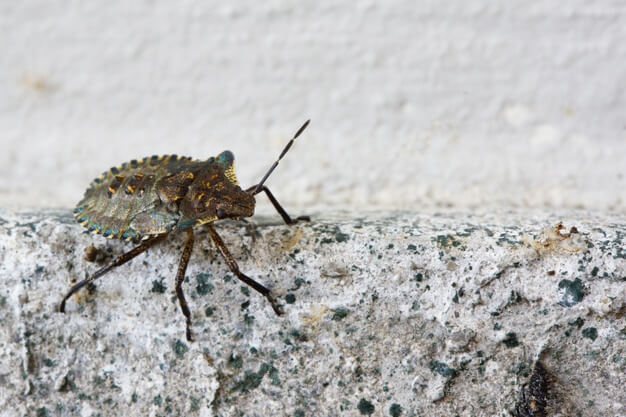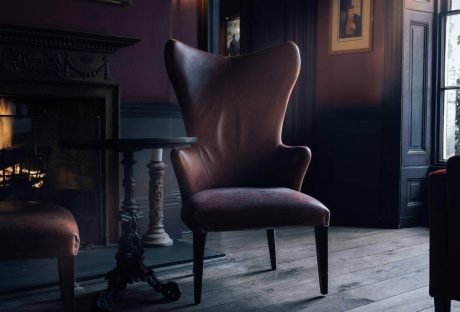Stink bugs earned their name because they emit a foul smell when they are threatened. The aim is to make them less appealing to predators. However, if you are simply trying to remove the bug and they release the odor, you’re going to need to put up with it for a while. It is not pleasant!
That’s why, if you think you have a problem with stink bugs, it’s a good idea to get professional help from a local pest control company.
When They Are Likely To Visit
Stink bugs enjoy warmer weather. As such they will look for somewhere to stay over winter. The moment the temperature starts to drop the stink bugs will look for a warm winter spot. This is when they are most likely to head into your home as it is warm and there will be plenty of places for a stink bug to hide and hibernate.
Surprisingly, this is not when you will have the biggest issue with these bugs. While you may accidentally disturb them over the winter, the biggest issue is in the spring. This is when the stink bugs come out of their winter slumber and head back outside. Unfortunately, like most insects, they can’t see the glass in their way. That means they often sit on the window where you will spot them and attempt to get rid of them.
This is when they will feel most threatened and will release their obnoxious odor.
Annual Inspection
One of the most effective ways of keeping stink bugs out of your home is to click here and book an annual inspection in the winter. The experts can locate any stink bugs in your home and eradicate them before they wake up and leave you a smelly present.
This is also a good opportunity to check for other pests that can cause issues in your home.
Damp Towels
Surprisingly, a damp towel is an effective way of keeping the stink bugs out of your home. Simply drape the damp towel across a chair in your yard and the stink bugs will be attracted to it. In the morning you may find it covered with stink bugs but they won’t be inside your house.
You can then kill the stink bugs outside if you wish. The easiest technique is to drop them into a bucket of soapy water.
Squash Some Stink Bugs
Use an old shoe or a piece of wood that doesn’t matter if it has stink bug odor on it. All you have to do is squash several stink bugs outside your home. They will emit their foul odor and this warns other stink bugs of danger. They will avoid the area, effectively protecting your home.
Screening
Screening stops stink bugs from coming into your windows and doors. But, it doesn’t stop them from landing on the screens. However, if you rub the screens with dryer sheets you’ll find the stink bugs are repelled and will avoid your home. That’s easy and effective!






















